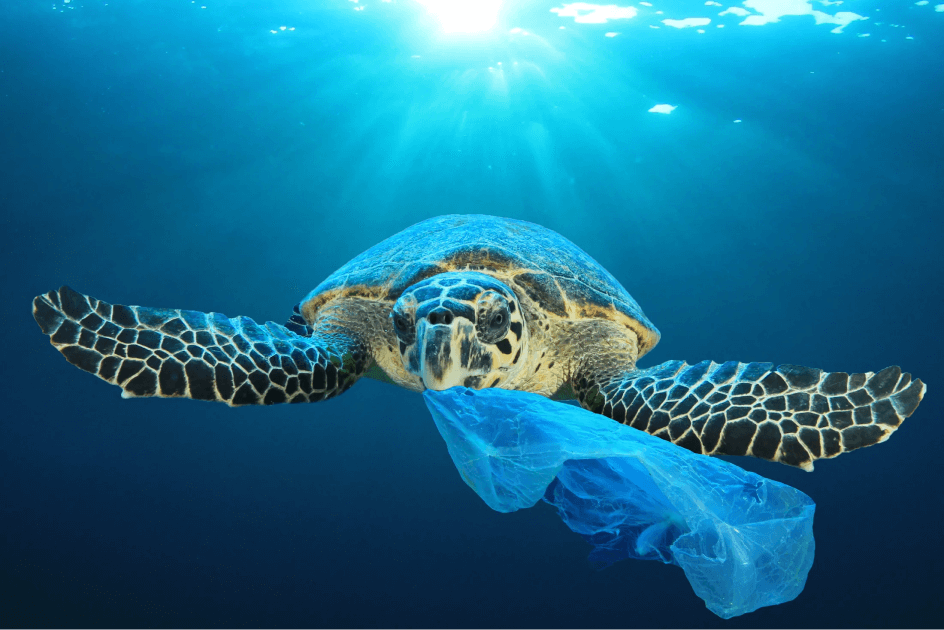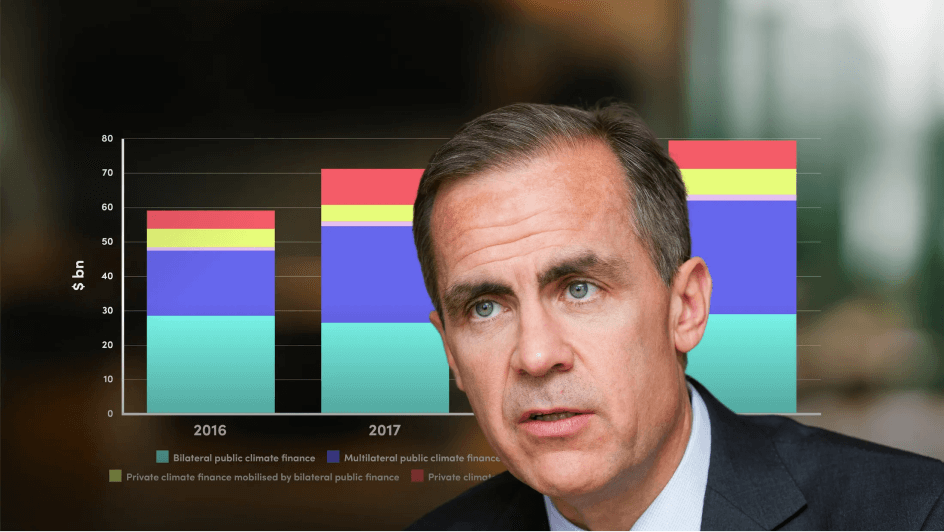What is the main aim of the ESRS E2 standard on pollution?
The ESRS E2 standard aims to ensure companies report on how their activities pollute air, water, and soil, while also quantifying the financial effects of this pollution. It underpins the EU’s goal of achieving a climate-neutral and circular economy without diffuse pollution. The standard mandates that companies identify, assess, and manage pollution risks, set targets based on ecological carrying capacity, and disclose the potential financial impacts of their pollution activities.
Why is there a shift in thinking regarding pollution reporting?
Traditionally, companies have reported pollution data, but the ESRS E2 standard introduces a crucial pivot: attributing financial value to the ‘services’ the planet provides, such as water filtration by soils. This shift aims to better understand the true cost of pollution and incorporate environmental factors into financial assessments. Companies must now determine the financial materiality of pollution, which is a new element in reporting.
What are the key components of the ESRS E2 standard?
The standard has three main parts: risks, targets, and financial effects. Companies must describe policies to identify and manage pollution risks using the LEAP approach (Locate, Evaluate, Assess, Prepare). They must also set metrics and targets, considering ecological thresholds and planetary boundaries. Finally, they must disclose the potential financial effects of pollution, including capital, operational, and human capital costs, as well as the revenue share from products containing substances of concern.
How are risks managed under ESRS E2?
Companies need to detail policies for identifying, assessing, and managing pollution risks, following the IRO (Impacts, Risks, and Opportunities) management approach. This involves using the LEAP framework to list site locations and business activities, then assessing materiality. Companies must also describe action plans and resources to manage risks, including plans to avoid pollution incidents and minimise the use of substances of concern, both within their operations and across their value chain.
What is unique about setting targets under ESRS E2?
The standard requires companies to set targets based on the carrying capacity of ecosystems and ecological thresholds, rather than just what is considered manageable. This involves understanding the receiving environment and ecological limits, aligning targets with a scientific basis. This approach considers planetary boundaries and ecosystem limits, necessitating a sophisticated understanding of the environment.
Why is disclosing financial effects important under ESRS E2?
Disclosing potential financial effects is a new requirement, pushing companies to quantify the monetary impact of pollution, even for potential incidents. This includes capital and operational expenditures, provisions for pollution incidents, and the share of revenue from products containing substances of concern. It helps stakeholders understand the potential financial risks and cash flow implications of pollution.
What is the significance of substances of concern (SoC) and substances of very high concern (SVHCs)?
Companies must disclose their use of SoC and SVHCs, which are often regulated under REACH legislation in Europe. This disclosure includes detailing actions taken to minimise or substitute these substances and reporting the revenue share from products containing them. This information is crucial for stakeholders to assess the potential environmental and financial risks associated with these substances.

































